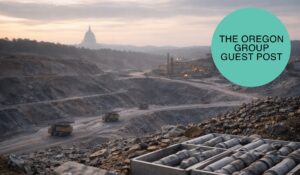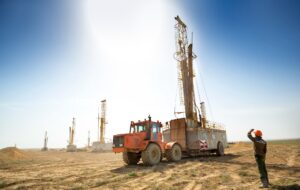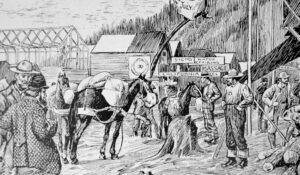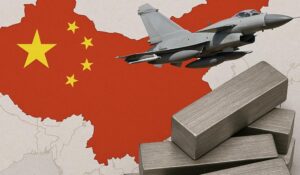Anthony Milewski and Christian Purefoy talk US President Trump’s critical mineral strategy, can it work, tensions with automakers, and environmental concerns over processing.
Subscribe for Investment Insights. Stay Ahead.
Investment market and industry insights delivered to you in real-time.
🎙️ Transcript
Conversation between Christian Purefoy and Anthony Milewski. Edited for clarity and readability.
Christian Purefoy:
Welcome back to the third edition of Boom, Bust and BS. I was off the desk for spring break with the kids—skiing—and come back to Trump upending everything again. Always on a Friday. These tariffs are wild—25% on autos—but bigger picture, he’s disrupting copper, uranium, and the whole critical minerals ecosystem.
Let’s be clear: this all ties into that big executive order—boosting domestic critical mineral production, expediting permitting, and invoking Cold War powers. The U.S. is 100% import-reliant on 12 of the 50 listed critical minerals, and heavily reliant on most of the rest. Can this really work?
Anthony Milewski:
It depends. Federal land? Sure. But a lot of mining isn’t on federal land—it’s governed by state or even county-level authorities. Trump can push the Bureau of Land Management, but can he lean on blue states like California? Maybe. Counties might be more permissive.
Look at U.S. Copper in California. Big historic copper mine—low grade, but large—and trading at six cents. Under Trump’s order, these kinds of companies could re-rate, get cashed up for a permitting fight, and move forward. Not just copper—there are dozens of projects for nickel, lithium, and more that could benefit.
Christian Purefoy:
But the price still matters. These executive orders won’t help if Chinese dumping keeps prices low. And many U.S. officials have no commodities background. They’re not Glencore traders. What happens if the U.S. needs tungsten or antimony urgently? There’s always a clearing price—but it’ll be expensive.
Anthony Milewski:
Exactly. That’s where strategic stockpiling comes in. But long term, the U.S. must build alliances—Canada, Africa, even Greenland if it comes to that. There’s no path to mineral independence without international cooperation.
And it’s not just mining—it’s processing. 96% of rare earth refining happens in China. We exported that pollution to them. Even with better tech like DLE for lithium, it’s still mining. It’s still dirty. Someone in America has to take on the environmental costs.
Christian Purefoy:
And that’s the real political question—can America handle an industrial base again? Will anyone let a mine be built near Jackson Hole or Park City? Probably not. That’s why this will be a state-by-state, case-by-case battle.
Anthony Milewski:
Still, for investors, this is a moment. Projects are going to re-rate, get funded, and move. It’s a development cycle the U.S. hasn’t seen in 50 years. Exciting times.
Christian Purefoy:
Boom, bust, or BS? Trump’s executive order?
Anthony Milewski:
Boom. Let’s go.



















